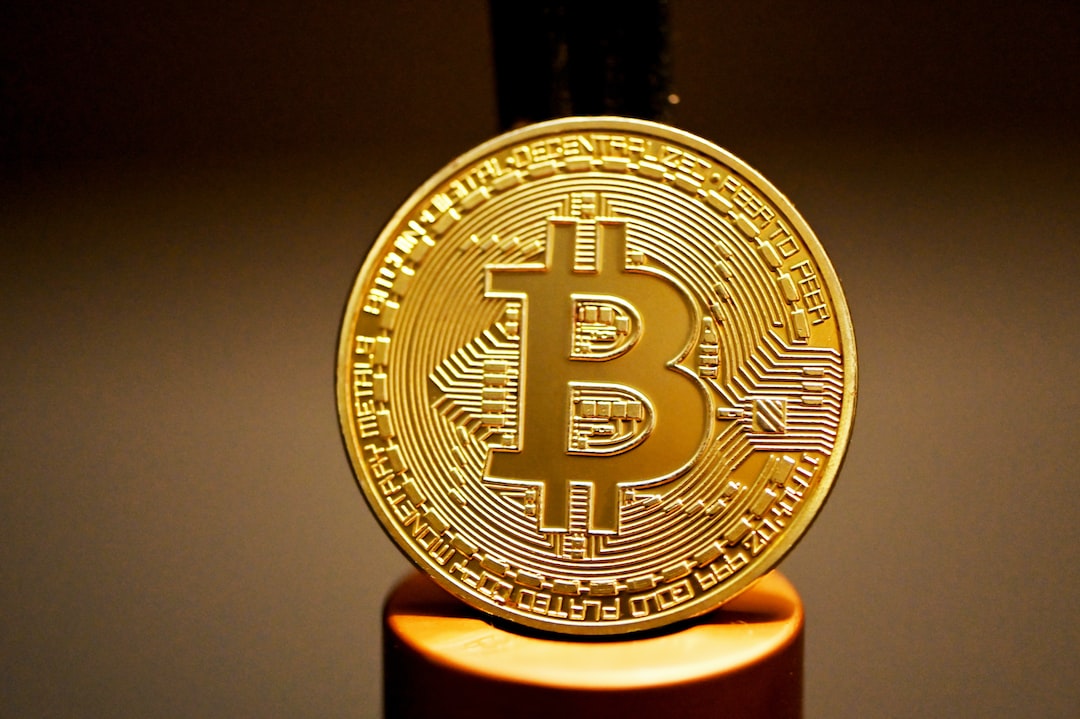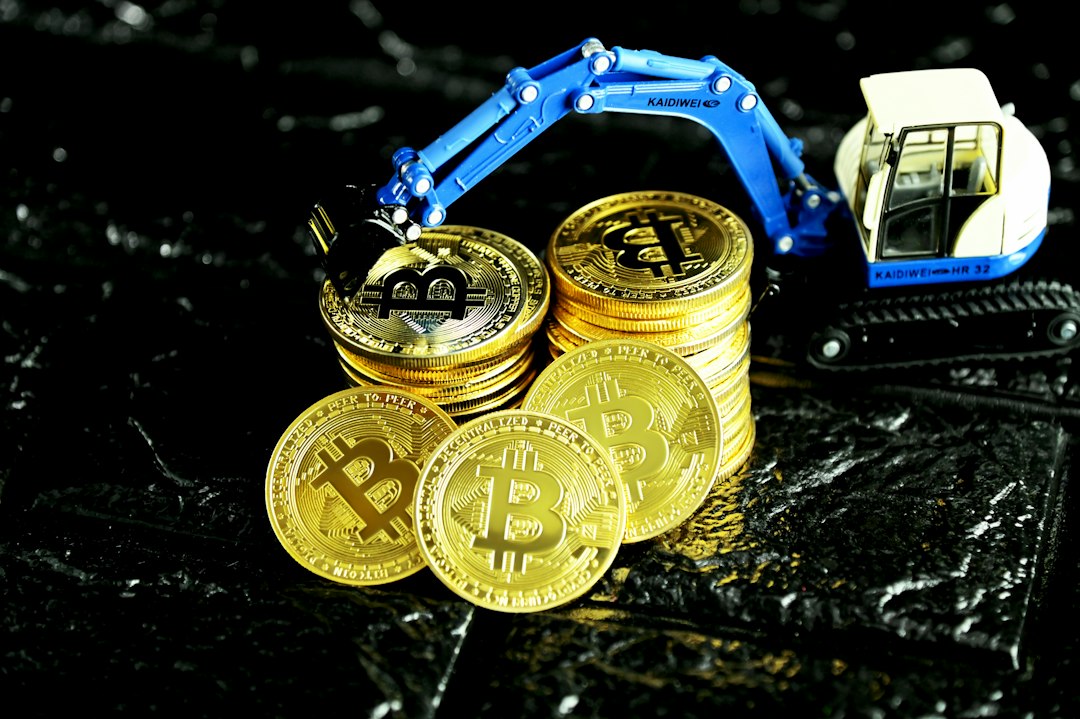The rise of digital currencies, like Bitcoin (BTC), has revolutionized the financial landscape. However, it has also highlighted a significant challenge: price volatility. The extreme price fluctuations of Bitcoin and other early cryptocurrencies have made them difficult to use for everyday transactions or as a reliable store of value. This need for stability in the digital currency space led to the development of stablecoins.
Stablecoins emerged as a solution to provide a reliable and consistent value in the digital currency realm. There are two primary categories of stablecoins. The first is collateralized stablecoins, such as Tether (USDT), which are backed by real-world assets like fiat currencies or commodities. Each token is linked to a specific asset to maintain stability. The second type is algorithmic stablecoins, like Dai (DAI), which use smart contracts and algorithms to manage supply and demand, aiming to keep their price stable through decentralized governance and automated processes.
Tether (USDT) was launched in 2014 with the goal of bridging the gap between traditional fiat currencies and the digital currency ecosystem. It faced early controversies due to concerns about its reserves and lack of regular audits. However, Tether claims to hold enough reserves to maintain a 1:1 peg to the dollar. Despite controversies, Tether remains one of the most widely used stablecoins in the cryptocurrency ecosystem.
Dai (DAI) is a decentralized stablecoin created by MakerDAO in 2017. It is collateralized by cryptocurrencies, primarily Ether (ETH), which users lock up in a smart contract called a collateralized debt position (CDP). The MakerDAO system monitors the collateral’s value in the CDP to ensure the stability of Dai. Over time, Dai has evolved to introduce multicollateral Dai (MCD), allowing users to collateralize a wider range of assets.
USD Coin (USDC) was launched in 2018 as a joint venture between Circle and Coinbase. It aims to provide a digital representation of the U.S. dollar, making it easier for users to transact in the cryptocurrency space without price volatility. USDC operates on the Ethereum blockchain as an ERC-20 token but has expanded to other blockchains to increase scalability. Within the decentralized finance (DeFi) ecosystem, USDC is used for liquidity provision, borrowing, yield farming, and staking.
TrueUSD (TUSD) was released in 2018 by TrustToken. It has faced challenges maintaining its 1:1 peg to the dollar at times. TrueUSD can be used for various purposes, including trading and remittances.
In conclusion, stablecoins have become integral components of the cryptocurrency ecosystem, providing stability and opening up new possibilities for financial innovation.
Hot Take: Stablecoins: A Reliable Solution in the Volatile Crypto Market
Stablecoins have emerged as a reliable solution to address the issue of price volatility in the cryptocurrency market. By pegging their value to real-world assets or using algorithmic mechanisms, stablecoins like Tether (USDT), Dai (DAI), USD Coin (USDC), and TrueUSD (TUSD) offer stability and consistency in the digital currency realm.
While controversies have surrounded stablecoins like Tether, they continue to play a crucial role in facilitating secure digital transactions and serving as a tool for traders and investors navigating the volatile crypto markets.
As the demand for stability in digital currencies grows, stablecoins are likely to evolve further, introducing new features and expanding their use cases within the decentralized finance (DeFi) ecosystem. With their potential to revolutionize financial transactions, stablecoins are poised to be a significant force in shaping the future of cryptocurrencies.





 By
By
 By
By
 By
By
 By
By
 By
By
 By
By